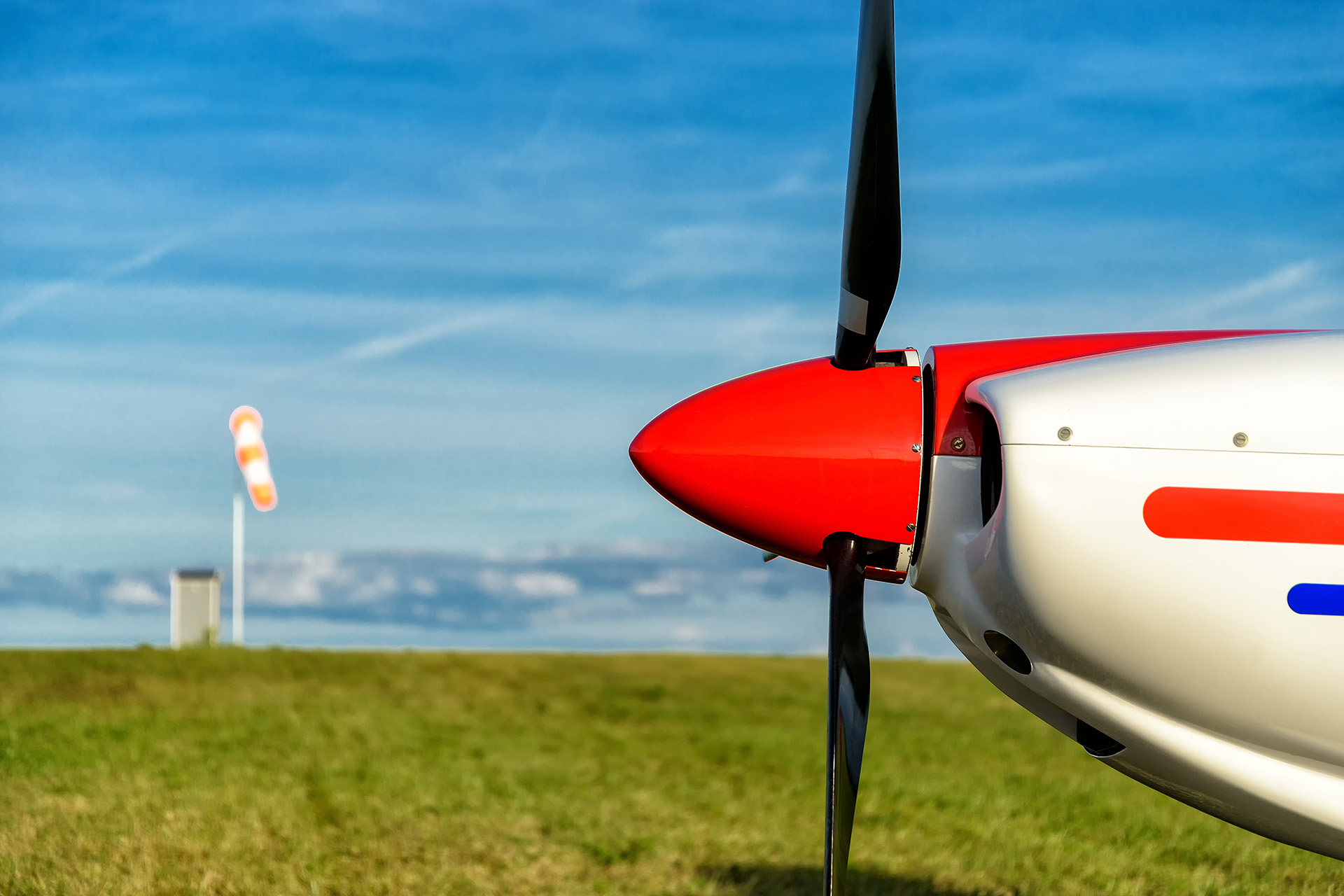Winch cables can kill
Almost all gliding sites in the UK use a winch launch, where gliders are launched with a winch and steel cable instead of being towed by an aircraft. 78 out of 87 (90%) winch launch to at least 2,000 feet above ground level.
A winch launching glider can reach over 1,000 feet in about 20 seconds. Once the cable is released it descends under a small parachute, which takes another 20 to 30 seconds, and is effectively invisible.
As well as launching gliders pilots should plan for gliders being towed, or in free flight around the site, and tug aircraft returning to the circuit.
Powered aircraft and helicopter pilots
To avoid an incident or accident pilots should consider the location of glider sites and the altitude to which they operate when they are planning a flight.
Gliding sites are marked differently on paper VFR charts and VFR moving maps. On a paper VFR chart the site will be depicted with a blue circle and a G, with figure in thousands of feet above mean sea level (amsl) to which the cable may extend and be released. A VFR moving map may use a glider symbol to identify the site, but the maximum cable altitude may not be visible without actions to reveal more details.
Details of the sites are published in the UK AIP at ENR 5.5 (Aerial Sporting and Recreational Activities). This includes winch heights above ground level, site elevations above mean sea level and operator contacts.
The gliding site altitude only relates to the maximum operating altitude of the winch launch cable. Pilots should expect gliders in free-flight above the annotated altitude and around the site.
The UK Airprox Board advise pilots of powered aircraft and helicopters to avoid glider sites at all times; and to only ever overfly them if they have timely, positive confirmation from the site itself that they are not active.
Recording and reporting incidents
The British Gliding Association (BGA) has guidance and an incident reporting form on its website and gliding clubs might have their own procedures to record the information they need.
If the overflying aircraft caused danger and the safety of an aircraft may have been compromised an Airprox should be reported to the UK Airprox Board (UKAB). Formally a pilot should report an Airprox, but in the case of an overflight UKAB may accept reports from responsible ground observers, such as an instructor or duty pilot.
Safety animation
Flying over gliding sites puts lives at risk
Almost all gliding sites in the UK use a winch launch, where gliders are launched with a winch and steel cable instead of being towed by an aircraft.
90% of sites winch launch to at least 2,000 ft above ground level.
So, if you see a gliding site marked on a chart or moving map it’s safe to assume cables could be overhead at any time during daylight hours.
A glider will go from ground to over 1,000 feet AGL in about 20 seconds, so a pilot won’t see the launch happening from the air.
Spotting the glider as it climbs will be too late.
The danger hasn’t passed once the glider is released either, as you won’t see the cable as it descends under a small parachute for another 20 to 30 seconds.
Flying over an active winch launch gliding site puts lives at risk.
So, what should a pilot of a powered aircraft or helicopter do?
Look for the location of gliding sites and check the altitude to which they operate when you plan your flight.
A VFR paper chart will show the site marked with a blue circle and a G, with a figure in thousands of feet AMSL telling how far the cable may extend.
For example, G/3.3 shows that the cable launch can operate to, and be released at up to, 3,300 feet above mean sea level rather than above ground level.
On most moving maps the site is shown with a glider symbol, but no maximum cable altitude is shown.
So, you may have to work through a menu to reveal the details, by selecting the ‘location and review’ tab at the side of the screen where the altitude will be listed along with waypoints and radio services.
The gliding site altitude only refers to the maximum altitude of the cable. So, you should also plan for gliders being towed or in free flight around a launch site and above the annotated altitude.
Whatever you use to plan your flight you'll find gliding site details in the UK AIP at ENR 5.5 Aerial Sporting and Recreational Activities
This includes winch heights above ground level and site elevations above mean sea level.
If you are a glider pilot or club member, it’s really important to record and report overflight occurrences to the British Gliding Association, which has an incident reporting form on its website.
Your club might have its own incident book or system to record the information they need.
If the overflying aircraft caused danger and compromised safety, you should report an Airprox.
The UK Airprox Board will accept an overflight report from a responsible ground observer, instructor or duty pilot as they understand the 'lookout limitations' of a winch launching glider pilot.
Pilots of powered aircraft and helicopters should avoid gliding sites at all times. Only ever fly over them if you have had positive confirmation from the site that they are not active.
More information
- Airspace & Safety Initiative occurrence (08): Infringement and overflight of active winch-launch glider sites
- British Gliding Association (BGA): Overflight of winch launch site guidance
- BGA winch cable warning e-poster to download and display

